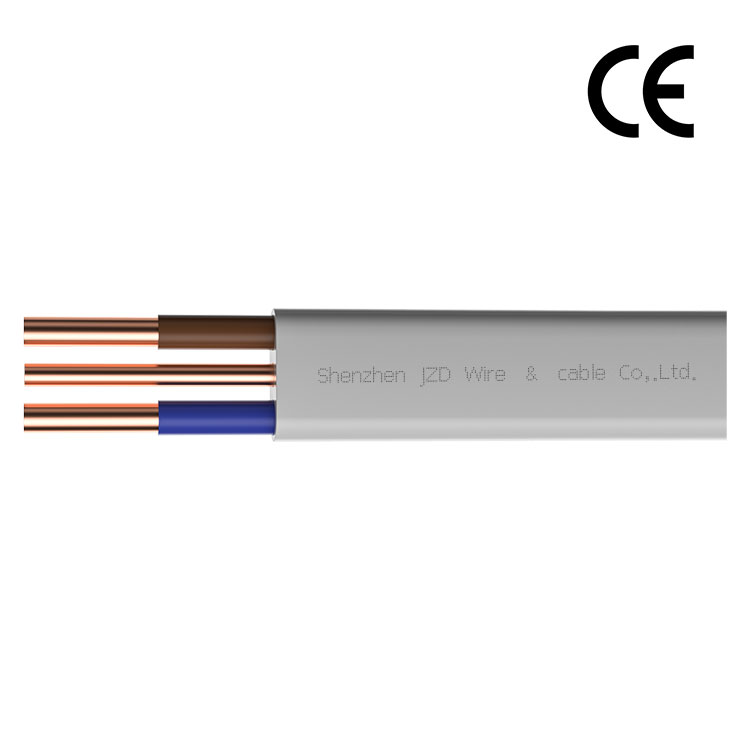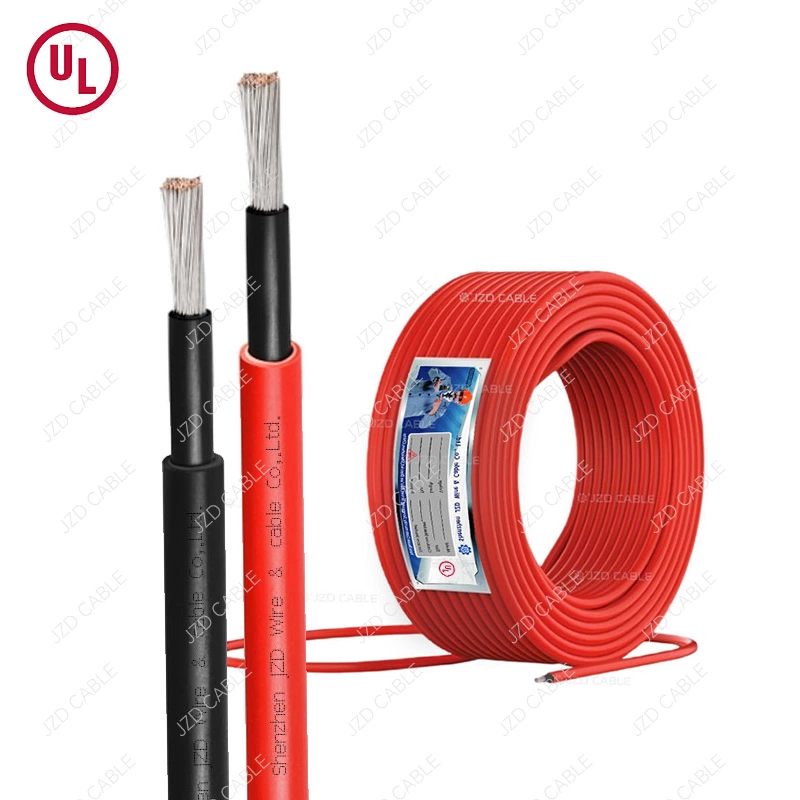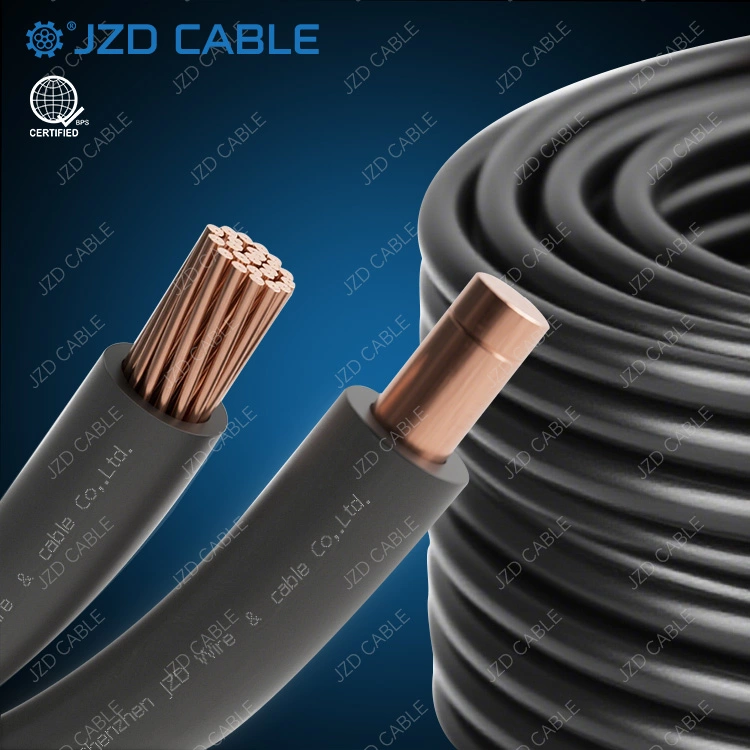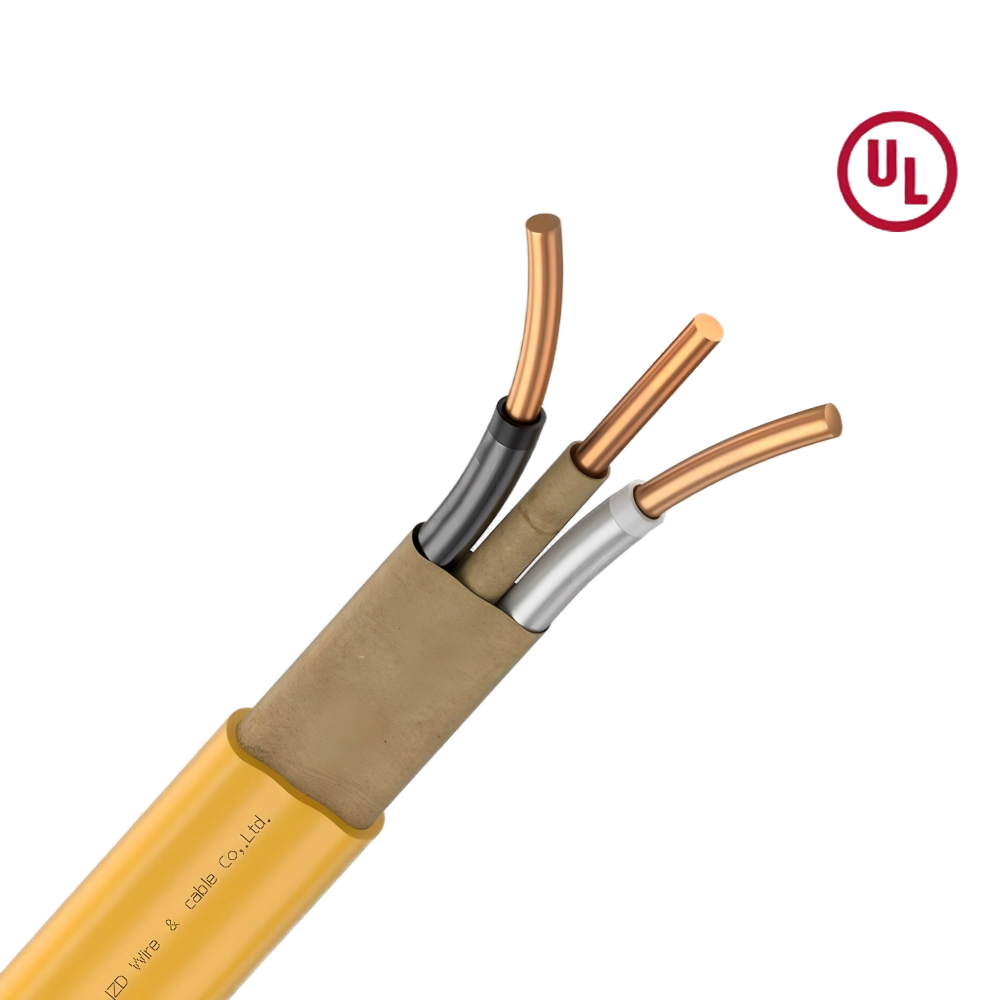What Are H03VV-F/H05VV-F Cables?
- H: Harmonized Code, indicating compliance with European technical standards.
- 03/05: Rated voltage (300/300V for H03VV-F; 300/500V for H05VV-F).
- V: Thermoplastic PVC insulation.
- V: Thermoplastic PVC sheath.
- F: Flexible structure with finely stranded copper conductors for easy bending and installation.

Key Features of H03VV-F/H05VV-F Cables
-
Superior Flexibility and Portability Made with ultra-flexible copper conductors and thermoplastic PVC insulation/sheathing, these cables remain highly pliable even at low temperatures, making them suitable for portable devices. -
Wide Applicability Suitable for dry or damp environments (e.g., industrial plants, control systems) and ideal for control, measurement, and signal transmission applications. -
Safety and Reliability Certified by VDE and compliant with RoHS directives, these cables use eco-friendly materials and meet IEC 60332.1/HD 405.2 flame-retardancy standards, ensuring long-term reliability with minimal maintenance. -
Standardization and Compatibility Manufactured in accordance with IEC 60228.5 conductor standards and compatible with international certifications like VDE and CCC.

Typical Applications
- Household Appliances: Used in refrigerators, washing machines, and dehydrators where cables must avoid direct contact with heat sources.
- Fixed Installations: Ideal for electrical wiring in furniture, partition walls, decorative coverings, and prefabricated building structures.
- Cooking and Heating Equipment: Suitable for ovens, water heaters, and other non-direct heat exposure applications.
- Industrial and Construction Settings: Perfect for dry or damp indoor environments, including machinery control systems, automation equipment, and lighting projects.

Common Mistakes in Cable Selection
-
Incorrect Conductor Size or Voltage Rating: Undersized cables can overheat, causing voltage drops or safety hazards. -
Improper Installation: Excessive bending or compression may damage insulation, leading to short circuits. -
Ignoring Environmental Conditions: Factors like temperature, chemical exposure, and mechanical stress can accelerate aging. -
Using Low-Quality Cables: Cheap options may save costs initially but result in frequent failures. -
Overlooking Certifications: Non-compliance with UL, CE, or TUV standards can pose regulatory risks.









